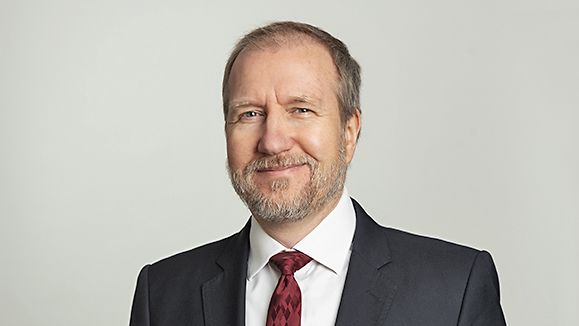Energy Storage
A significant renewable energy surplus is widely forecast for 2020; rising from an estimated 3.5-8 TWh for the period 2025-2030 to 40 TWh for the period 2040-2050.
Renewable energy sources like wind and solar provide a number of answers to the sustainable energy questions being asked in a changing energy landscape, but they also bring their own questions: What energy storage solutions exist for the stockpiling of surplus renewable energy? How can surplus renewable energy - which currently goes unused - be best stored for future use? And more importantly, which energy storage technology has sufficient capacity to store excess renewable energy in the long term?
In May 2011, Germany announced plans to formally phase out nuclear energy by 2022. But it's not only nuclear power plants which are being decommissioned; old and inefficient conventional power plants are also being swapped out for more efficient and flexible power.
This trend is further underpinned by Germany's decision to achieve 25 percent electricity production from combined heat and power (CHP) sources by 2020. The use of gas for heat and electricity production will play an extremely important role in achieving this CHP target. The German gas industry has already made a commitment to replace 10 percent of commercial gas volume with renewable gas by 2030, with hydrogen - or methane after methanation - from wind electrolysis being one of the substitute sources.
